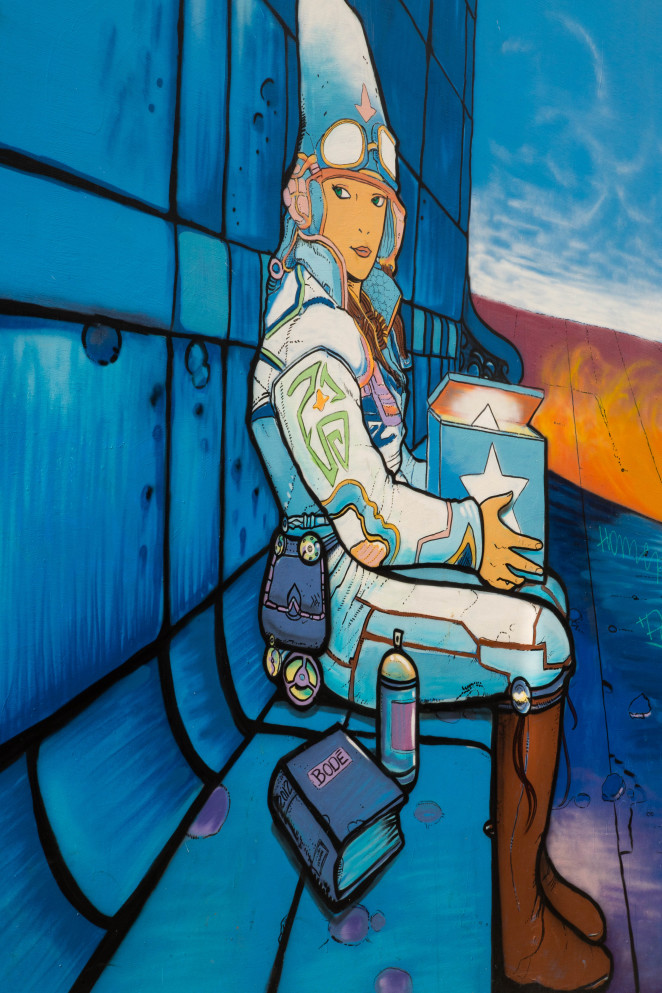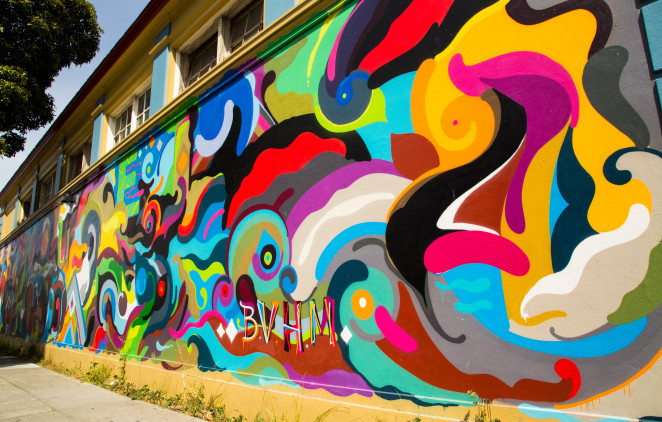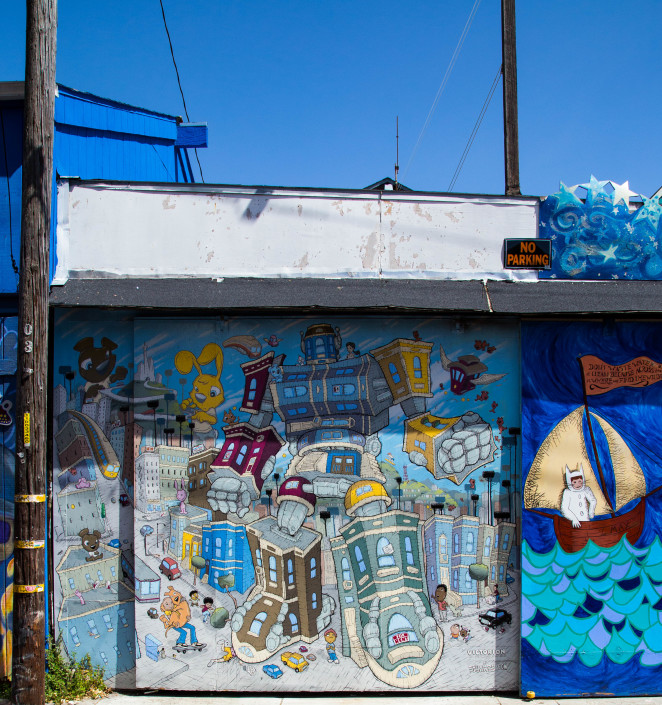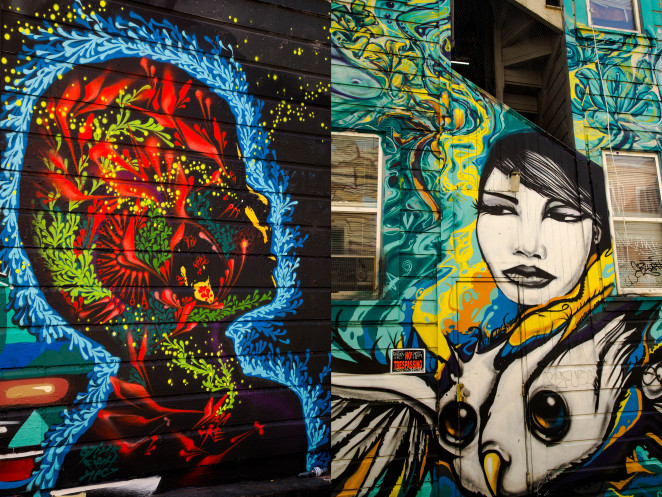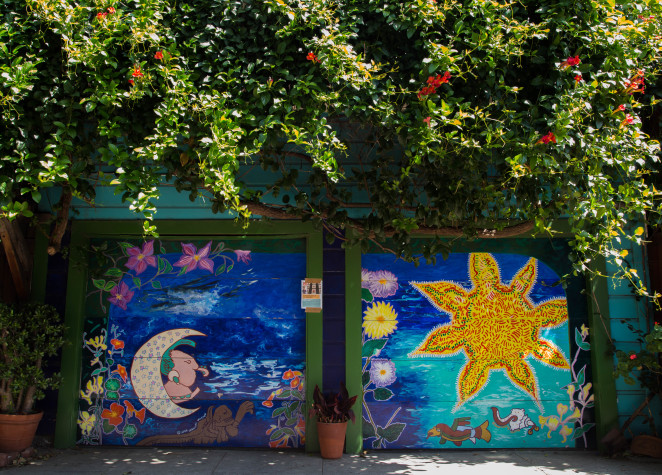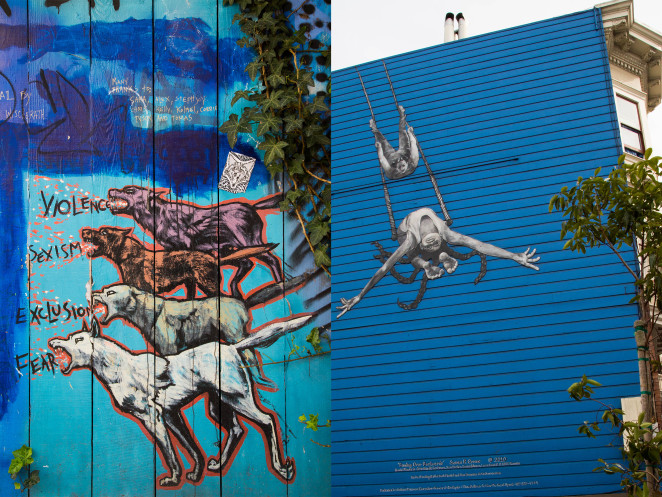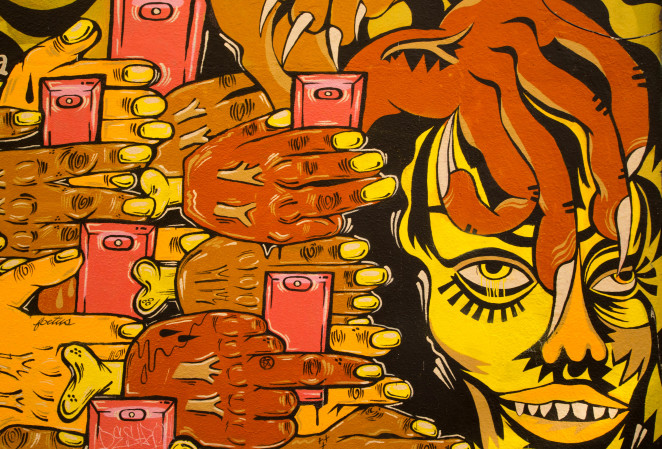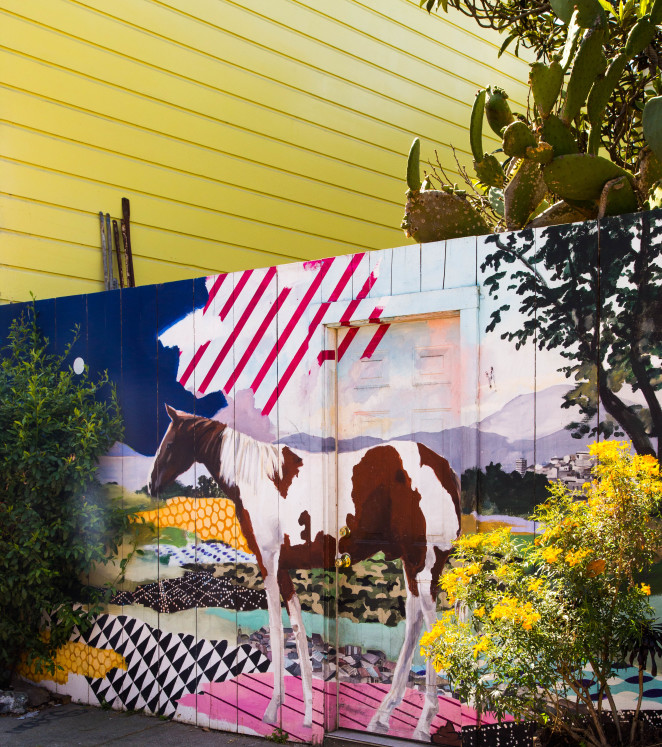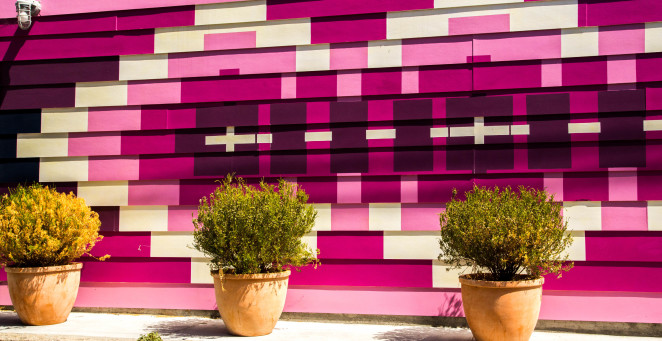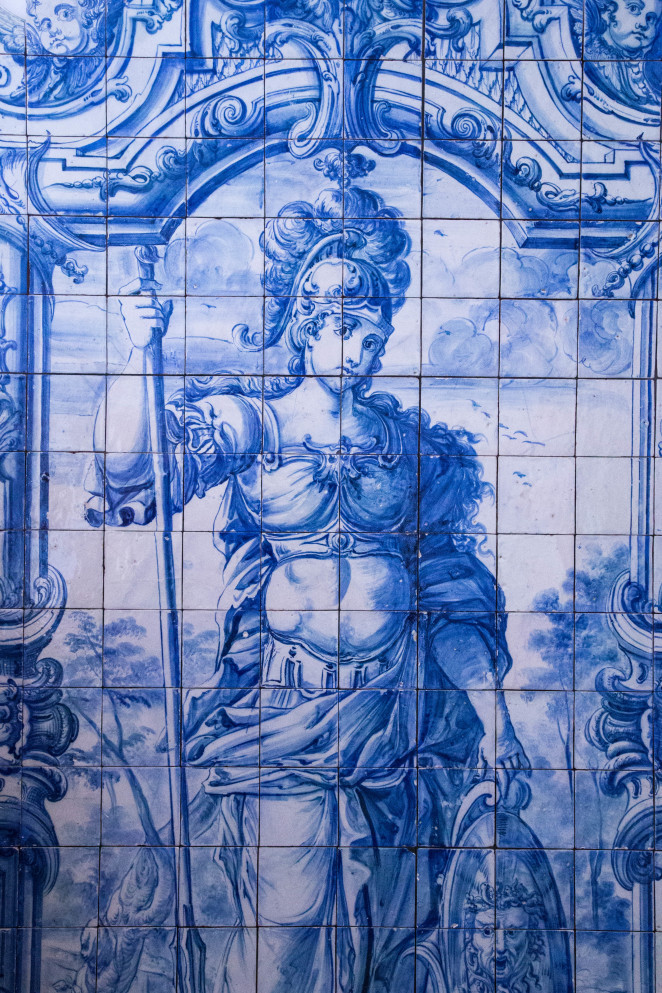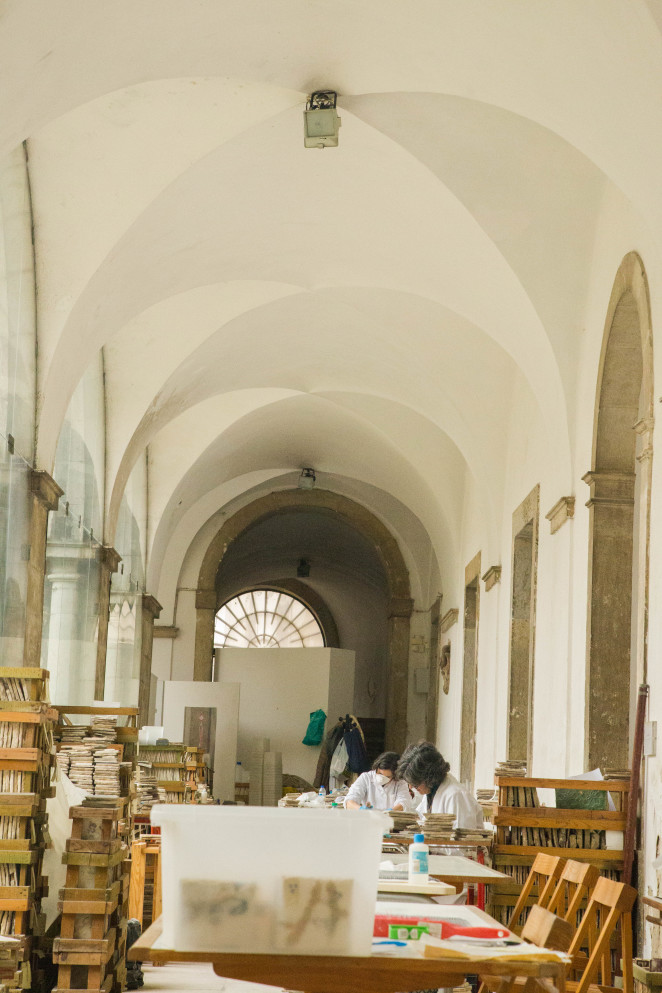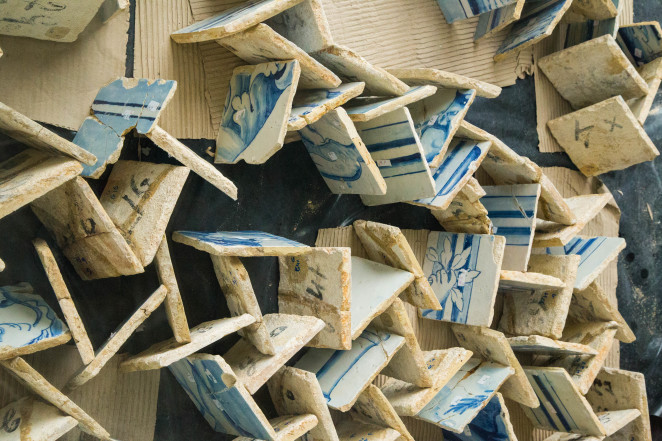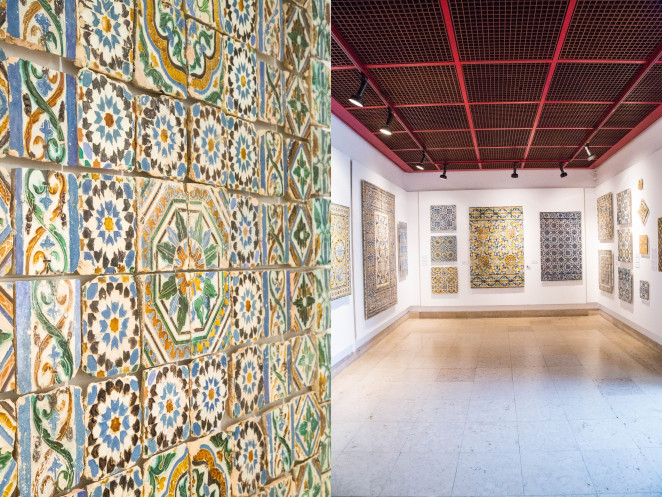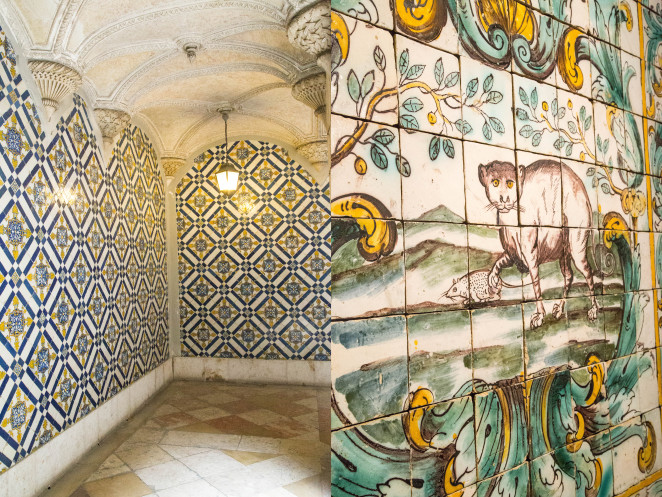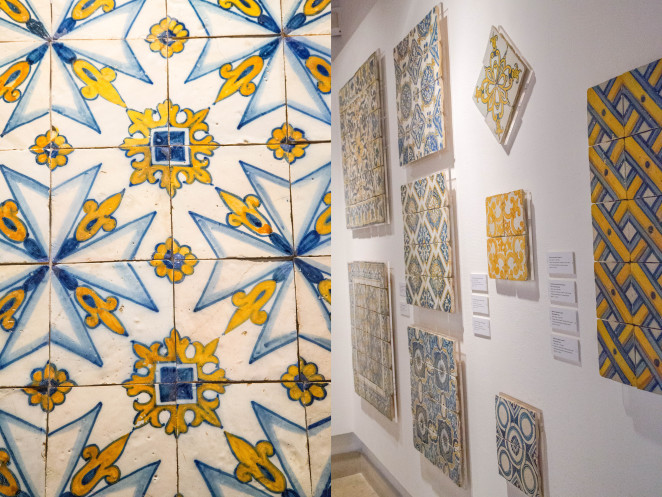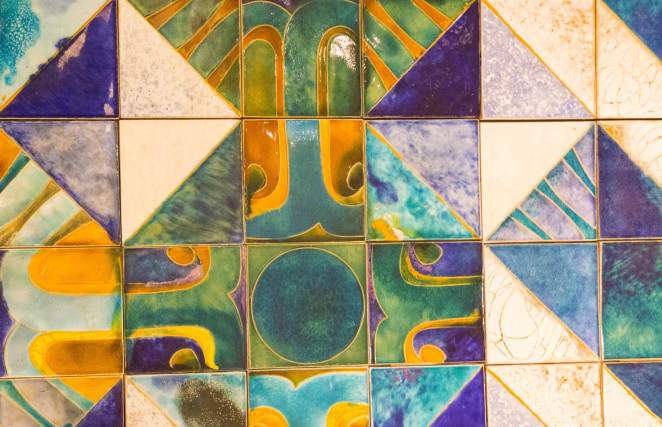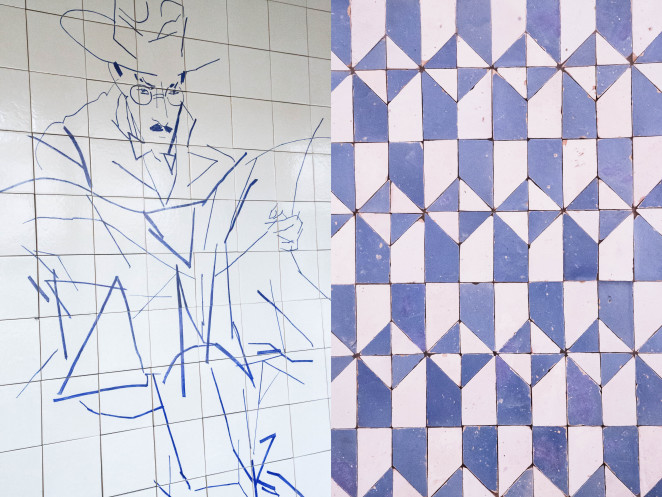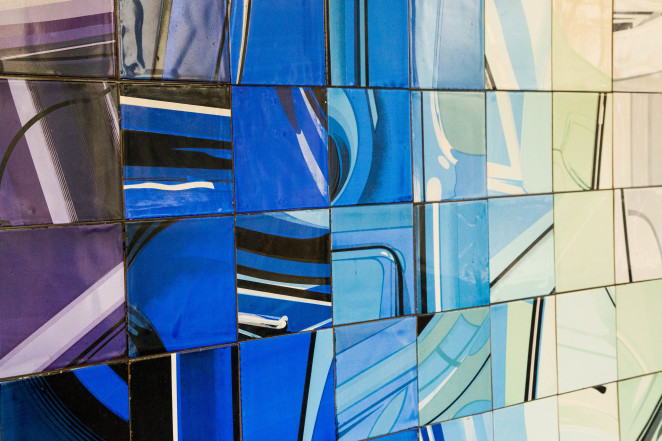April 10, 2015
URBAN “ARTSCAPE” – SAN FRANCISCO
Even though there are many hills in San Francisco, it is still a very walkable city. Walking allows you to see things like colorful street art that you might miss if you were driving or on public transit. These photos are from a day spent wandering through the Mission District, which is home to a vast amount of vibrant murals.
I have always been intrigued with outdoor murals and commissioned graffiti art in urban settings. These types of paintings can enrich a neighborhood by transforming buildings into works of art and help prevent tagging that is often seen in major cities. San Francisco has many anti-graffiti programs in place and organizations which promote public art to help beautify the city. The StreetSmARTS program is one such project.
Overall, it was a fun day spent in a colorful “outdoor art gallery,” taking pictures of canvases that included private garages, fences, doors, sides of homes, businesses and public structures. It was very interesting to view this type of creative expression with themes ranging from cultural heritage to social political statements. And, one of the best parts of the experience was that it was FREE!


